10 Minutes
Introduction: The Marvel Cinematic Universe Dives into Uncharted Territory
In the ever-expanding world of the Marvel Cinematic Universe (MCU), we've come to expect epic battles, iconic heroes, and massive crossover events. But with "Thunderbolts," Marvel Studios takes a bold new direction—shining a spotlight on its lesser-known, often overlooked antiheroes and ambiguous figures. Rather than following the typical superhero playbook, "Thunderbolts" delivers a story that navigates the murky waters between heroism and villainy, aiming to re-capture that distinctive Marvel magic while pushing the boundaries of character-driven storytelling.
Plot Summary: Unexpected Heroes in the Limelight
The film centers on a ragtag alliance of antiheroes, each with their own baggage, trauma, and questionable decisions. As the movie begins, we find ourselves in a world reshaped by previous MCU events, with the public (and the audience) craving a new sense of purpose and order. Valentina Allegra de Fontaine (the enigmatic puppetmaster) is assembling a team for high-stakes missions that regular Avengers simply won’t touch. Bringing together familiar faces like Yelena Belova, Red Guardian, the mysterious Ghost, and the Winter Soldier (Bucky Barnes), the team’s mission is shadowy and filled with moral gray areas. As they plunge into dangerous assignments, each character is forced to confront their darkest fears, past traumas, and the consequences of their own choices.
What sets "Thunderbolts" apart from its MCU predecessors is its almost existential exploration of identity and agency—a break from the clear-cut hero vs. villain formula Marvel usually delivers. The storyline weaves together self-doubt, redemption, and the complications of loyalty, with moments of levity and sharp wit that fans have come to expect.
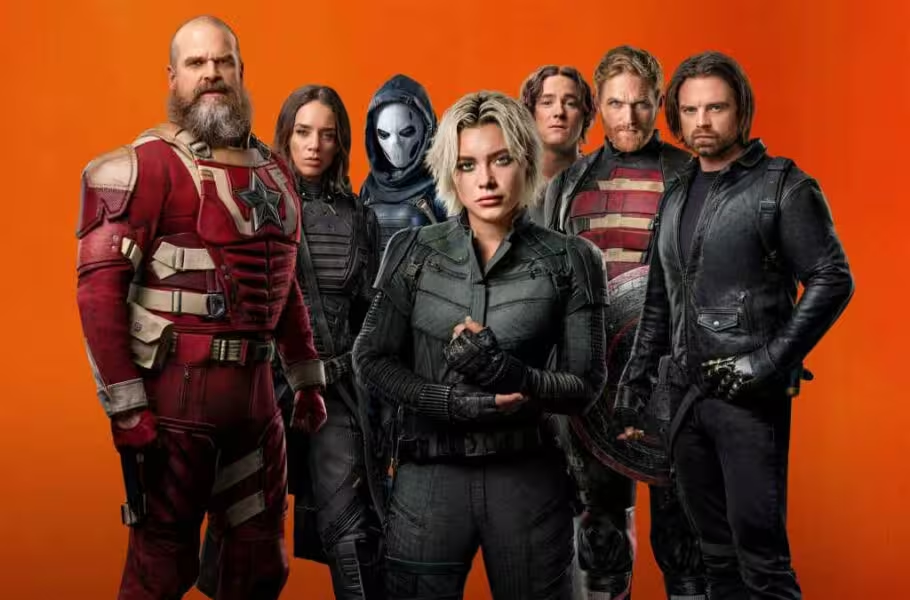
The Cast: A Showcase for Marvel’s Underdogs
Florence Pugh returns as Yelena Belova, cementing herself as one of the franchise's most intriguing and conflicted heroes. Pugh’s nuanced performance brings emotional heft and biting humor, resulting in a character who struggles with guilt, questions her own motives, and searches for a renewed sense of purpose after the events of "Black Widow."
David Harbour’s Red Guardian offers a welcome dose of brutish charm and comedic timing, serving as a pseudo-father figure to Yelena. The dynamic between these two—equal parts warmth, rivalry, and exasperation—injects both heart and humor into the film. Their relationship, filled with father-daughter ups and downs, is the emotional core that keeps the narrative grounded.
Sebastian Stan is back as Bucky Barnes, the former Winter Soldier, in a role that evolves dramatically from previous films. Now a reluctant statesman grappling with his complicated legacy, Stan brings depth to Bucky’s attempts to reconcile his violent past with a newfound sense of responsibility.
Louis Pullman’s Bob/Sentry is another standout. Portraying a character struggling with severe loneliness and mental health issues, Pullman’s performance layers complexity onto an already multifaceted team. The film’s exploration of Bob’s inner battle between heroism (Sentry) and self-destruction is emotionally resonant and refreshingly honest—an MCU rarity.
Ghost (Hannah John-Kamen) and U.S. Agent John Walker (Wyatt Russell) provide both tension and comic relief, rounding out a team that is far from cohesive but captivating in their shared brokenness.
Creative Vision and Production Details
Director Jake Schreier brings a cinematic style that's intimate yet visually striking, collaborating with cinematographer Andrew Droz Palermo—best known for his atmospheric work in "The Green Knight" and "A Ghost Story." Their approach elevates "Thunderbolts" beyond basic superhero spectacle. The opening hallway fight, for example, reinvents the action genre’s most overused trope. Utilizing innovative camera angles and sharp contrasts of light and shadow, Palermo crafts action sequences that feel both fresh and claustrophobic, mirroring the inner turmoil of the characters.
Production design leans into the gritty and the realistic: gone are the polished palaces and bombastic color palettes of previous MCU entries. Instead, we’re treated to urban decay, muted tones, and tight, tense spaces. This visual shift not only distinguishes "Thunderbolts" from its Marvel siblings but also fits its psychological themes.
The screenplay (Eric Pearson) balances dark subject matter—such as mental health and existential doubt—with the signature quick-witted banter and team dynamics Marvel is famous for. It's a delicate blend, sometimes faltering but frequently resonating.
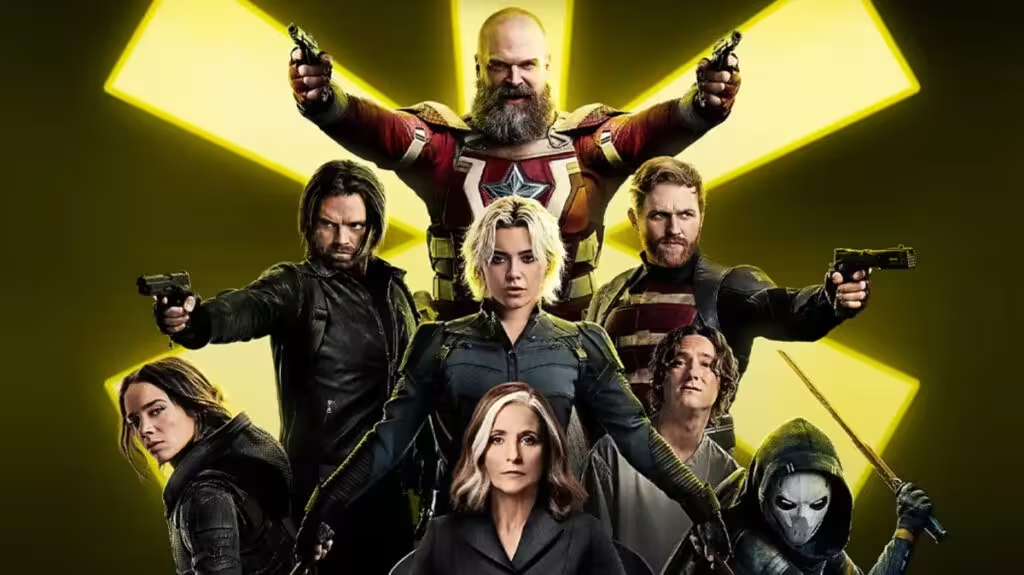
Marvel Movies and Genre-Bending Experimentation
With "Thunderbolts," Marvel Studios is clearly willing to take risks. This is not your classic, clean-cut superhero fare. The film flirts with the same team-up magic found in "Guardians of the Galaxy," but intentionally steers away from the optimism of those space-faring misfits. Instead, it opts for a messier, sometimes bittersweet mood that sets it apart from earlier MCU phases. The narrative openly questions what makes someone a hero—and whether any redemption is possible for those society has already written off.
Character Dynamics: Chemistry, Tension, and Missed Opportunities
While the individual relationships—especially between Yelena and Red Guardian—are some of the film's high points, "Thunderbolts" notably struggles, at times, to forge group cohesion. Although each character is given narrative attention and motivation, the ensemble never fully gels. The filmmakers seem keen to capture the spontaneous camaraderie that made the first "Avengers" and "Guardians of the Galaxy" films so beloved, but the team dynamic here often feels fragmented. It’s a creative gamble that, while ambitious, doesn’t always deliver the organic unity fans might expect.
However, moments of genuine comedy abound. Signature examples include Red Guardian and Bucky’s deadpan banter about the super soldier serum, and Yelena teaming up with Ghost to mock John Walker’s outdated Captain America helmet. These scenes work not just as comic relief but serve as insightful character moments, breaking up the tension without undercutting the emotional stakes.
Visual Storytelling: Cinematography That Speaks Volumes
One of "Thunderbolts’" greatest cinematic strengths is how it uses visuals to explore psychological themes. Palermo’s cinematography, so atmospheric in his earlier work, brings a new level of introspection and texture to the Marvel universe. The harsh interplay of black and white in Yelena’s scenes, for instance, is a masterful way of reflecting her loneliness and alienation, drawing audiences deep into her headspace.
Other standout scenes—including the aforementioned hallway brawl—transform what could have been routine action sequences into visually inventive set-pieces that pulse with emotional energy. Even in its briskest fight scenes, the film finds moments to linger and breathe, giving viewers an intimate sense of character vulnerability.
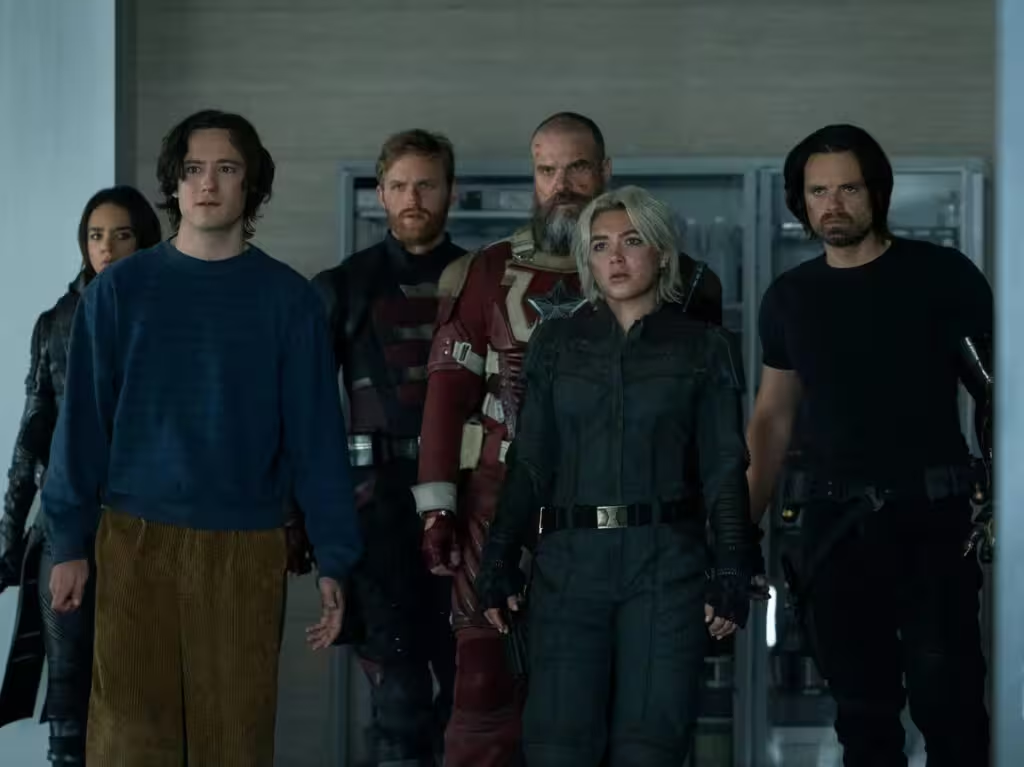
Thematic Depth: Exploring Mental Health and Redemption
Distinct from most superhero blockbusters, "Thunderbolts" doesn’t shy away from the complexities of mental health, regret, and atonement. At the heart of the team’s journey is a raw confrontation with their own darkest moments—brought to the forefront in an emotionally charged scene where Sentry (Bob) forces the team to relive their most haunting memories. Here, the narrative refuses easy answers or clean, uplifting resolutions. Instead, it examines scars, flaws, and growth in a nuanced, humane way.
The movie deftly uses Yelena as a point of philosophical introspection. Her constant questioning of her place in the broader Marvel story challenges the franchise’s own conventions, asking why secondary characters deserve the spotlight. In doing so, "Thunderbolts" asserts that every figure in the MCU, no matter how obscure, has a story worth telling.
Critical Reception and Fan Response
Upon release, "Thunderbolts" has elicited polarizing reactions from critics and fans. Some laud it for its willingness to probe darker territory, focusing on trauma and vulnerability rather than spectacle alone. The film’s serious side, especially its depictions of brokenness and self-doubt, draws praise for adding complexity to the MCU formula. Others, however, argue that its attempt to balance somber psychological themes with MCU-style humor sometimes feels uneven.
What all responses agree on, however, is the quality of its cast performances and the bold visuals. The risk of centering an entire movie around underdog characters pays off in moments, even if the final product doesn’t achieve the team chemistry of the franchise’s most successful ensembles. For many longtime Marvel fans, "Thunderbolts" opens the door for richer, more emotionally layered superhero movies.
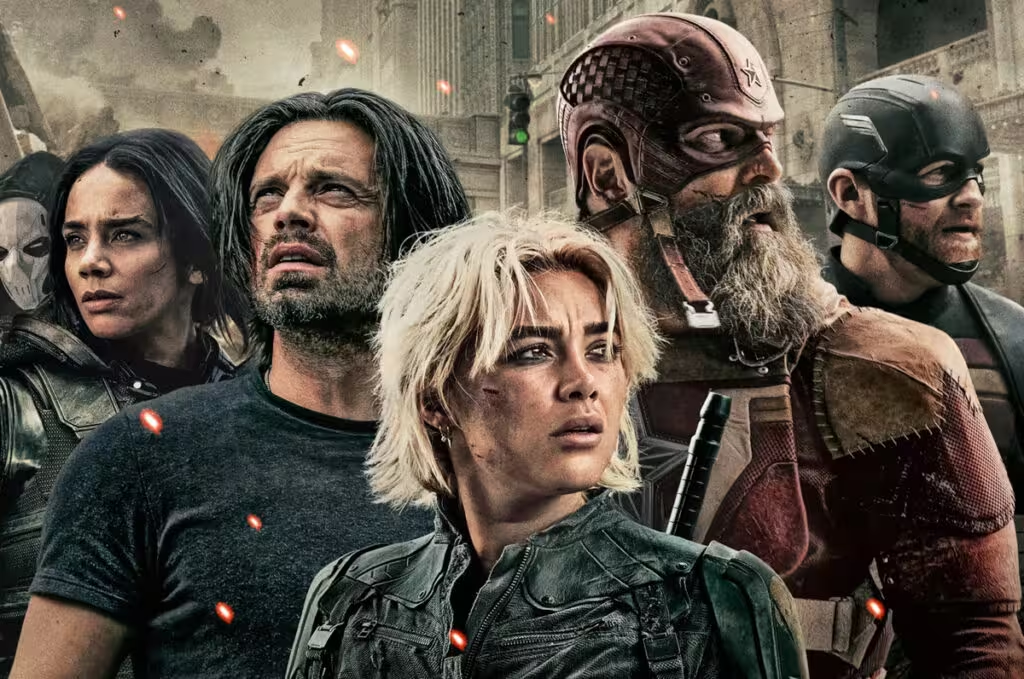
Conclusion: Is Thunderbolts Worth Watching?
In sum, "Thunderbolts" dares to be different. It explores the minds of Marvel’s marginalized, crafts a new visual identity for the franchise, and pushes the boundaries of genre by fusing action, introspection, and dark humor. Although it stumbles at times—especially in forging team unity and balancing tones—it achieves moments of genuine connection and narrative innovation. The film asks whether it’s possible to redeem not just individuals, but entire genres of forgotten or ill-used heroes, and it does so with style, heart, and a welcome dose of risk-taking.
For viewers seeking more than just formulaic superhero action—those hungry for complex characters, emotional stakes, and a bold cinematic experiment—"Thunderbolts" is well worth a spot on your must-see list.
Whether it marks a turning point for the MCU or serves as a bold experiment, one thing is certain: "Thunderbolts" finally brings Marvel’s most overlooked heroes into the center of the frame, and the results are as provocative as they are entertaining.

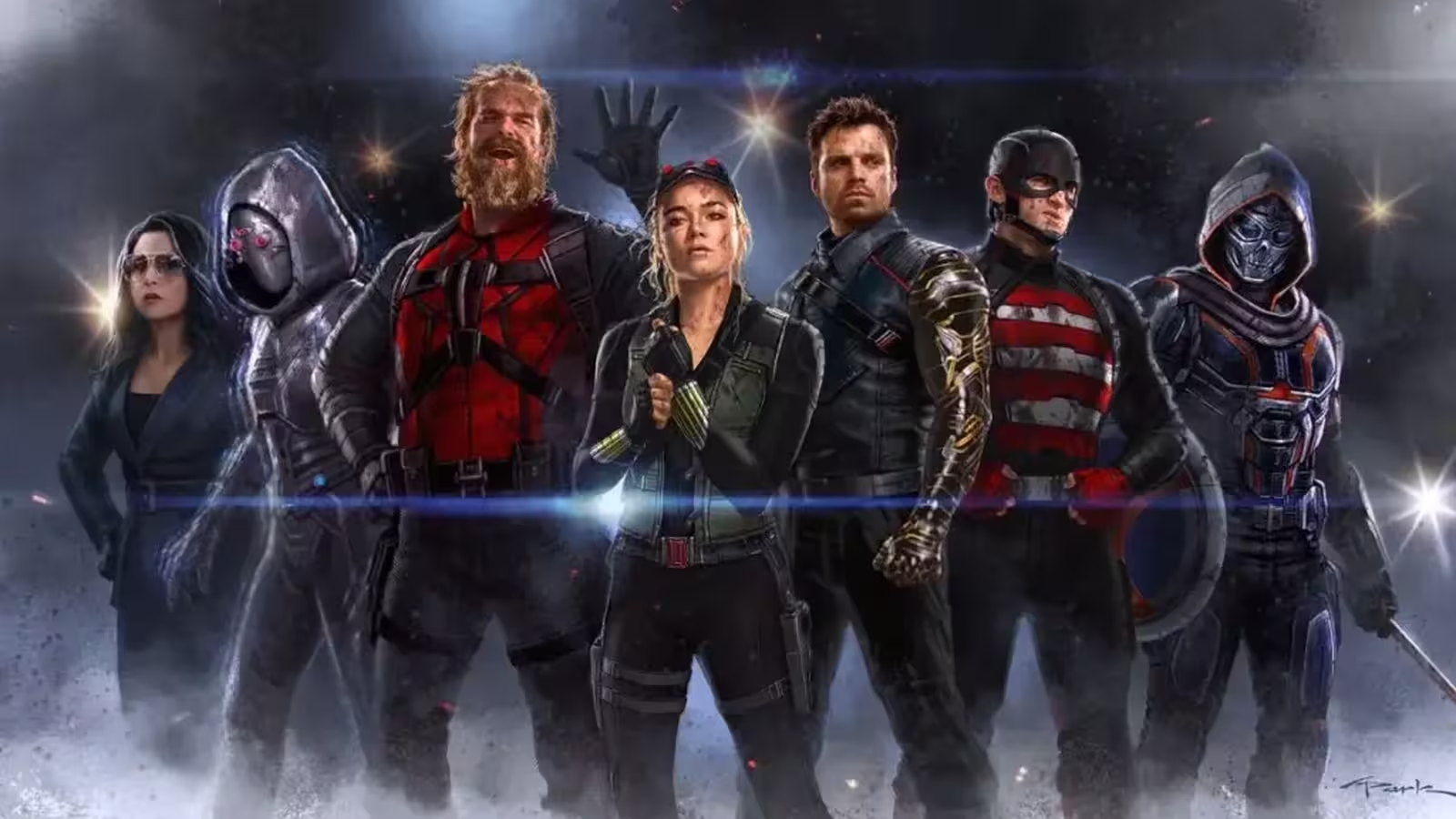
Comments